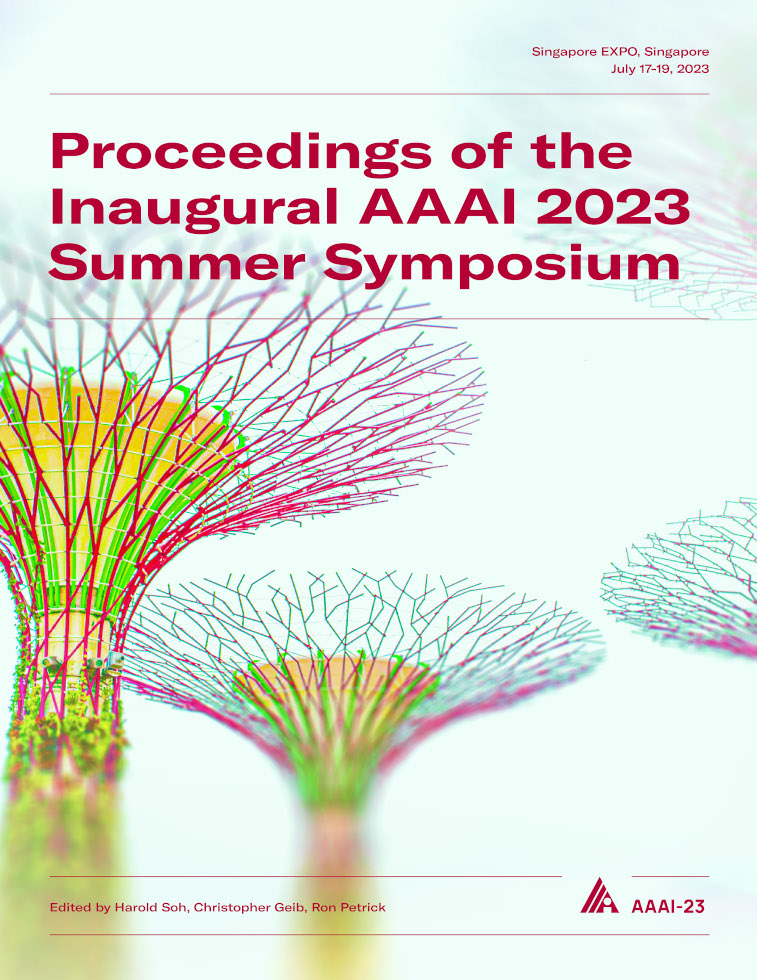Taming Simulators: Challenges, Pathways and Vision for the Alignment of Large Language Models
DOI:
https://doi.org/10.1609/aaaiss.v1i1.27478Keywords:
Artificial IntelligenceAbstract
As AI systems continue to advance in power and prevalence, ensuring alignment between humans and AI is crucial to prevent catastrophic outcomes. The greater the capabilities and generality of an AI system, combined with its development of goals and agency, the higher the risks associated with misalignment. While the concept of superhuman artificial general intelligence is still speculative, language models show indications of generality that could extend to generally capable systems. Regarding agency, this paper emphasizes the understanding of prediction-trained models as simulators rather than agents. Nonetheless, agents may emerge accidentally from internal processes, so-called simulacra, or deliberately through fine-tuning with reinforcement learning. As a result, the focus of alignment research shifts towards aligning simulacra, comprehending and mitigating mesa-optimization, and aligning agents derived from prediction-trained models. The paper outlines the challenges of aligning simulators and presents research directions based on this understanding. Additionally, it envisions a future where aligned simulators are critical in fostering successful human-AI collaboration. This vision encompasses exploring emulation approaches and the integration of simulators into cyborg systems to enhance human cognitive abilities. By acknowledging the risks associated with misaligned AI, delving into the concept of simulacra, and presenting strategies for aligning agents and simulacra, this paper contributes to the ongoing efforts to safeguard human values in developing and deploying AI systems.Downloads
Published
2023-10-03
Issue
Section
Building Connections: From Human-Human to Human-AI Collaboration

